#monastery ruin
Explore tagged Tumblr posts
Text
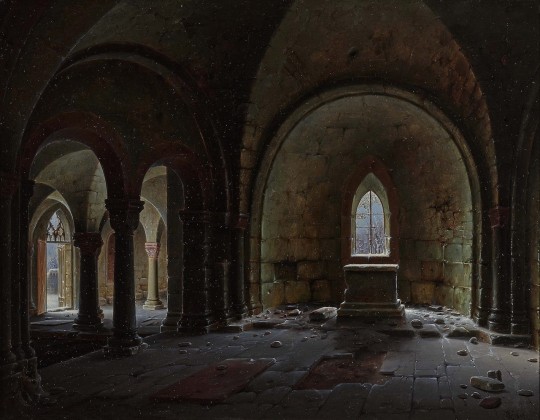
#art#painting#oil on canvas#german art#chapel#crypt#ruins#architecture#buildings#winter#ruin of a monastery crypt in winter#wilhelm steuerwaldt#goth#gothic
2K notes
·
View notes
Text
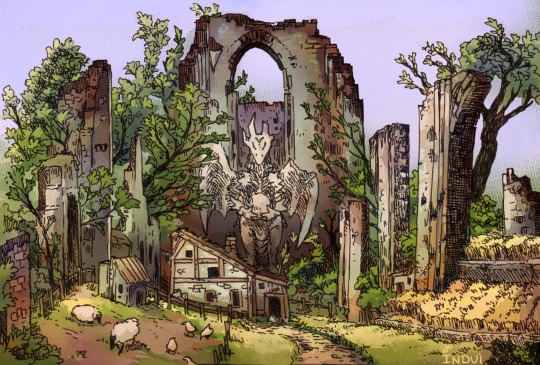
Far away from anywhere.
#art#study#friedrich#caspar david friedrich#this one was a study of: Ruined Monastery of Eldena near Griefswald#i think that is actually one of my fav pics of all time by him#so cozy and mysterious at once#and the colors in the ruins are SO PRETTY#fantasy art#fantasy creatures#dragon#dragon statue#farm#fantasy village#inks
1K notes
·
View notes
Text
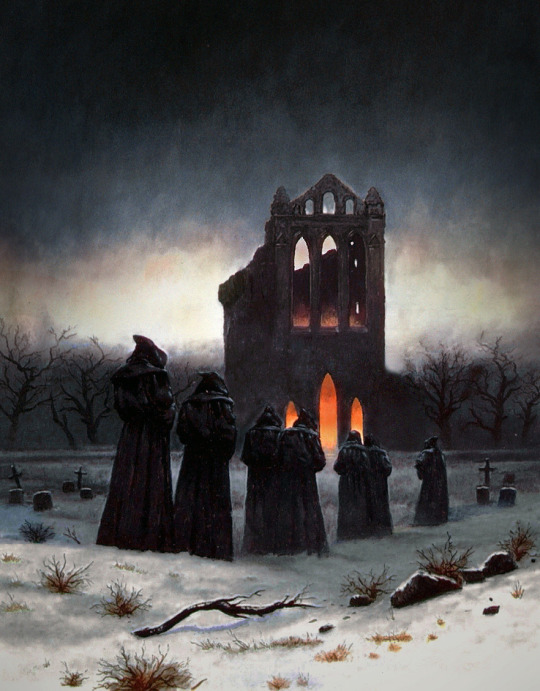
The List of Seven, 1993 - oil on board ― Les Edwards (British, b.1949)
https://lesedwards.com/
#Les Edwards#paintings#oil painting#oil on board#drone#doom#gloomy#landscape#snow#atmospheric#darkness#winter landscape#abandoned#monastery#ruins#mystery#ritual#occult
1K notes
·
View notes
Text





Sant Pere de les Maleses ex-monastery church in La Pobla de Segur (High Pyrenees, Catalonia).
This Medieval monastery was located on a strategic location in the mountains, looking over a narrow passage that had been of great importance for a long time because it's the path from Pallars Jussà area to the Pallars Sobirà area. The oldest written reference of this monastery is from the year 868, reaching its splendour in the 10th century. In the year 1592, it stopped being a monastery and was turned into a church. The path continued being the main route between the two Pallars territories until the 17th century, when a more easily accessible road was built elsewhere, leaving this church in an isolated place. It had a priest until the 19th century, but was already abandoned by 1900.
Photos from monestirs.cat and coneixercatalunya.blogspot.com.
#sant pere de les maleses#la pobla de segur#catalunya#història#fotografia#monastery#ruins#ancient#medieval#middle ages#catalonia#europe#travel#travel photography#art history#history#archaeology#archeology#wanderlust
84 notes
·
View notes
Text


fragment of history
64 notes
·
View notes
Text

Lindisfarne
#Holy Island#Lindisfarne#ruins#priory#Christendom#UK#rural britain#tidal island#early morning#monastery#blue sky
69 notes
·
View notes
Text





Greece (2) (3) (4) (5) by Oleg Timashov
Via Flickr:
(1) Old monastery ruins, Komianata. (2) Benitses. (3) View of Kerkyra. (4) Kouramades. (5) Kalami, Ionian sea.
#ruins#stone building#historic buildings#monastery#coastal#island#houses#tile roof#plantlife#roaming the streets#wide sky#boats#greece#corfu
64 notes
·
View notes
Text
Medieval Hermitage atop Katskhi Pillar, in Georgia (South Caucasus), c. 800-900 CE: this church was built during the Middle Ages, and it sits atop an enormous limestone column that has been venerated as a "Pillar of Life" for thousands of years

Known as Katskhi Pillar (or Katskhis Sveti), this giant block of limestone is located in western Georgia (the country, not the state), about 10km from the town of Chiatura.
The church that stands atop Katskhi Pillar was originally constructed during the 9th-10th centuries CE. It was long used as a hermitage for Stylites, who are sometimes referred to as "Pillar Saints" -- Christian ascetics who lived, prayed, and fasted atop pillars, often in total isolation, in an effort to bring themselves closer to God. The Stylite tradition originated in Syria during the 5th century CE, when a hermit known as Simeon the Elder purportedly climbed up onto a pillar and then stayed there for nearly 40 years, giving rise (no pun intended) to Christian Stylitism.
Stylitism managed to survive for about 1,000 years after its inception, but it began to die out during the late Middle Ages, and by the end of the 16th century, it had essentially gone extinct.

Researchers don't really know how the monks who built this Medieval church originally gained access to the top of Katskhi Pillar, or how they were able to transport their building materials up to the top of the column. Evidence suggests that there were still monks/Stylites living atop Katskhi Pillar up until the 1400s, but the site was abandoned shortly thereafter. Georgia fell under Ottoman rule during the same period, but it's unclear whether or not that may have played a role in the abandonment of the site.
The hermitage at the top of Katskhi Pillar lay abandoned for nearly 500 years after that; no one was able to reach the top of the pillar, and very little was known about the ruins that lay scattered at the top, as knowledge of the site's origin/history was gradually lost over time. There are many local legends that ultimately arose in order to fill in those blanks.
The abandoned hermitage was not visited again until July 29th, 1944, when a mountaineer finally ascended to the top of the column with a small team of researchers, and the group was able to perform the first archaeological survey of the ruins. They found that the structure included three hermit cells, a chapel, a wine cellar, and a small crypt; within the crypt lay a single set of human remains, likely belonging to one of the monks who had inhabited the site during the Middle Ages.
A metal ladder (the "stairway to Heaven") was ultimately installed into the side of the pillar in order to make it easier for both researchers and tourists to gain access to the ruins.

The hermitage at the top of Katskhi Pillar actually became active again in the early 1990's, when a small group of monks attempted to revive the Stylite tradition. A Georgian Orthodox monk named Maxime Qavtaradze then lived alone at the top of Katskhi Pillar for almost 20 years, beginning in 1995 and ending with his death in 2014. He is now buried at the base of the pillar.
The hermitage is no longer accessible to the public, and it's currently uninhabited, but it is still visited by local monks, who regularly climb up to the church at the top of the pillar in order to pray. There is also an active monastery complex at the base of the pillar, where a temple known as the Church of the Simeon Stylites is located.
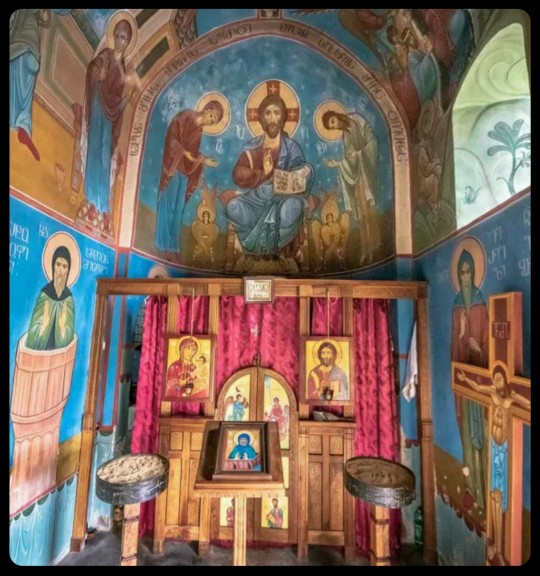
The Church of the Simeon Stylites: this church is located within an active monastery complex that has been built at the base of the pillar; several frescoes and religious icons decorate the walls of the church, and a small shrine containing a 6th century cross is located in the center
There are many lingering questions about the history of Katskhi Pillar, particularly during the pre-Christian era. There is at least some evidence suggesting that it was once the site of votive offerings to pagan deities, as a series of pre-Christian idols have been found buried in the areas that surround the pillar. According to local tradition, the pillar itself was once venerated by the pagan societies that inhabited the area, but it's difficult to determine whether or not those claims may simply be part of the mythos that surrounds Katskhi Pillar, particularly given its mysterious reputation.

Sources & More Info:
BBC: Georgia's Daring, Death-Defying Pilgrimage
CNN: Katskhi Pillar, the Extraordinary Church where Daring Monks Climb Closer to God
Radio Free Europe: Georgian Monk Renews Tradition, Lives Atop Pillar
Architecture and Asceticism (Ch. 4): Stylitism as a Cultural Trend Between Syria and Georgia
Research Publication from the Georgian National Museum: Katskhi Pillar
Journal of Nomads: Katskhi Pillar, the Most Incredible Cliff Church in the World
Georgian Journal: Georgia's Katskhi Pillar Among World's 20 Wonderfully Serene and Secluded Places
#archaeology#history#anthropology#artifacts#medieval architecture#medieval church#Stylites#asceticism#georgia#sakartvelo#katskhi pillar#religion#travel#monastery#paganism#caucasus#christianity#strange places#ruins#medieval europe#weird history
533 notes
·
View notes
Text

Tge ruins.
Noravank monastery, Armenia
#travel#travelphotography#Travel Photography#kavkaz#armenia#monastery#church#churches#mountains#mountain#mount#ruins
61 notes
·
View notes
Text
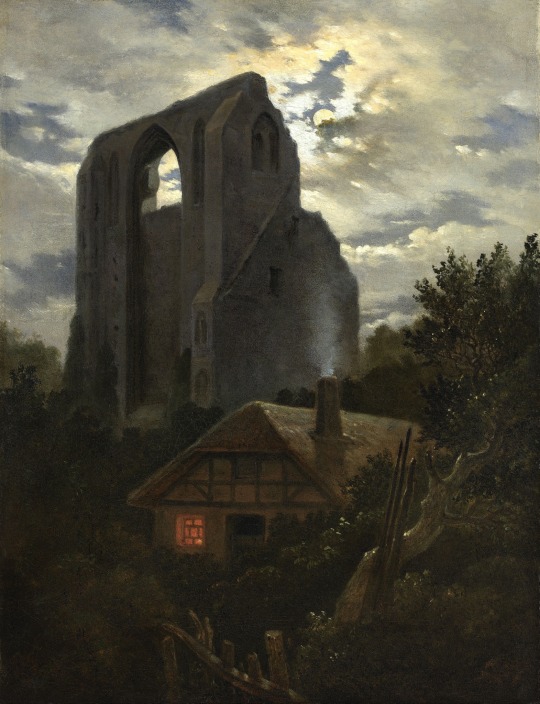
Ruins of the Eldena Monastery with Cottage near Greifswald in Moonlight
by Carl Gustav Carus
#carl gustav carus#art#ruins#eldena#monastery#abbey#german#germany#cottage#night#greifswald#moonlight#moon#moonlit#full moon#clouds#europe#european#landscape#nature#romantic#romanticism
356 notes
·
View notes
Text






The Gandhara era Buddhist monastery of Takht-i-bhai in Mardan, Khyber-Pakhtunkhwa, Pakistan.
#takht i bhai#takht-i-bhai#buddhism#gandhara#buddhist monastery#buddhist ruins#unesco hertitage site#mardan#kpk#khyber pakhtunkhwa#historical ruins#Pakistan#own post#personal pakistan pics
11 notes
·
View notes
Text
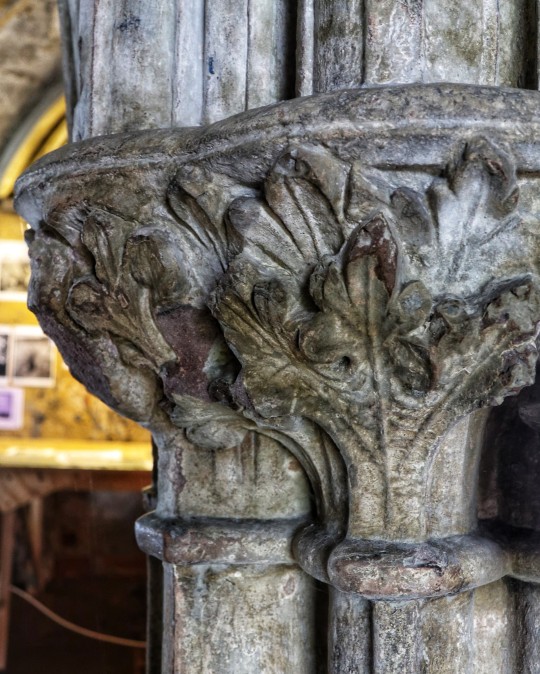

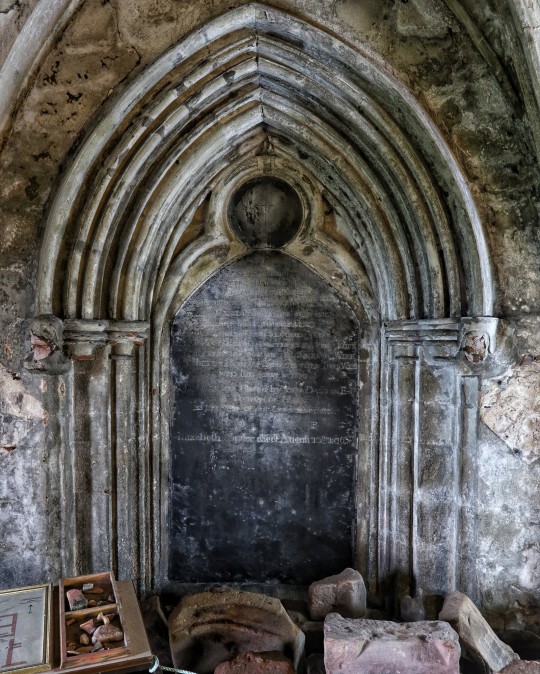
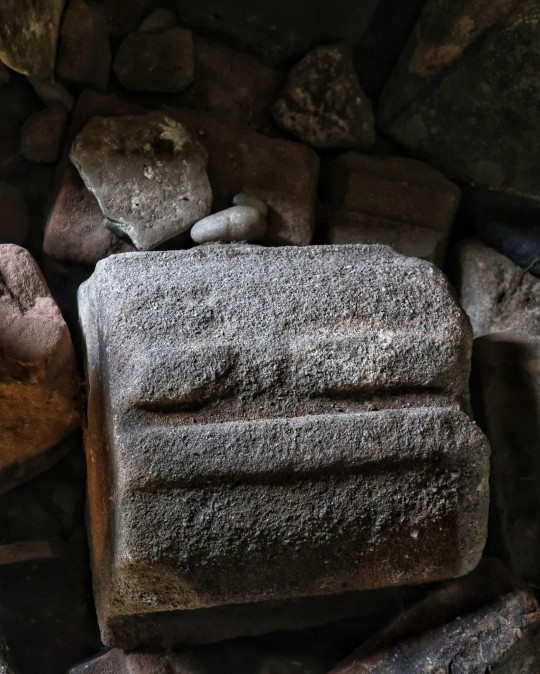
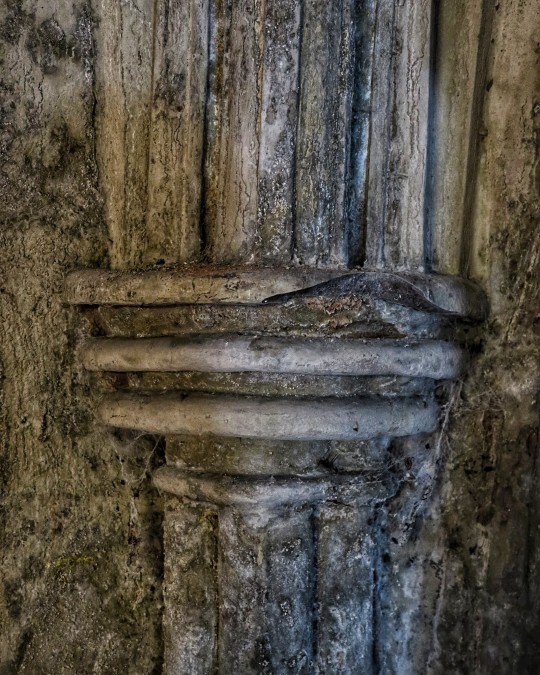
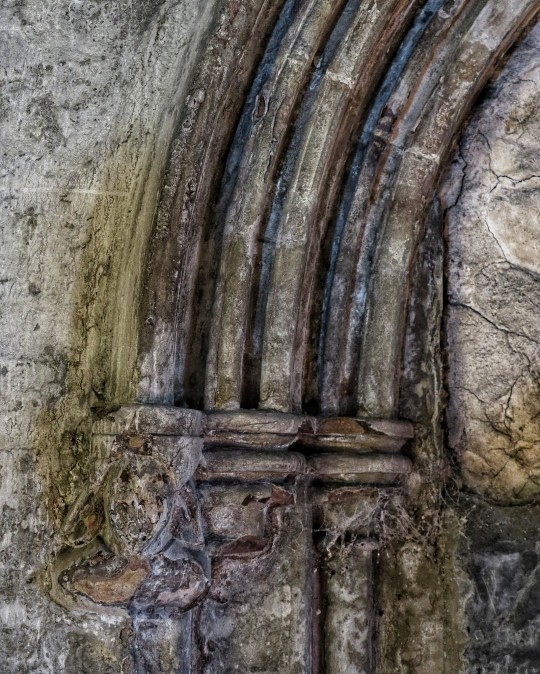
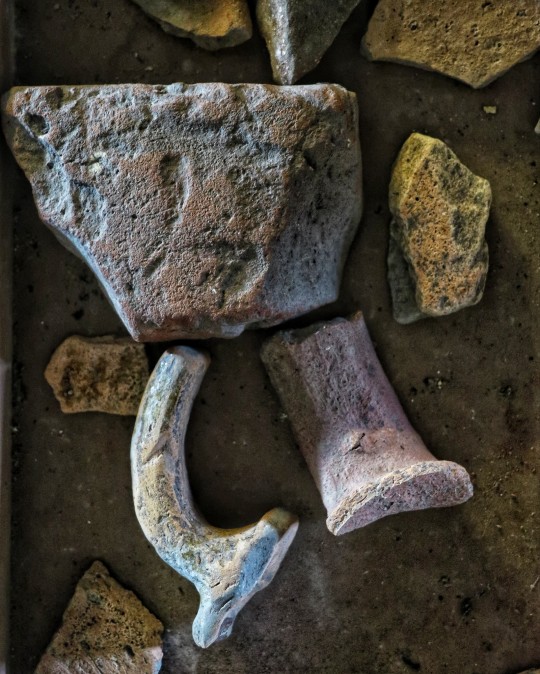
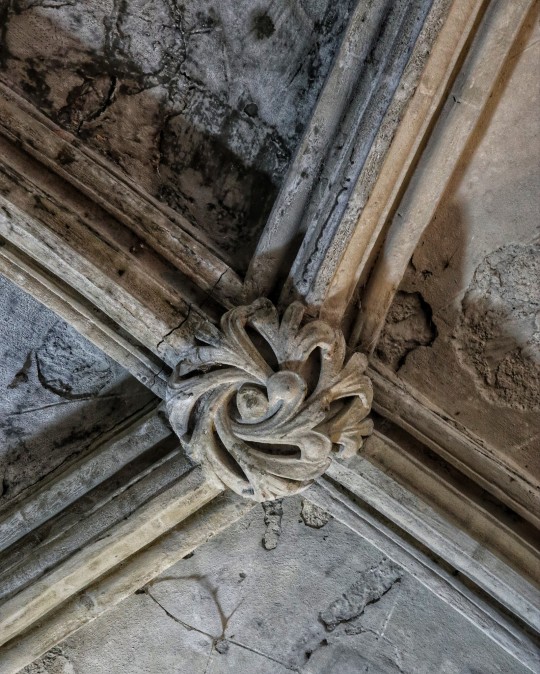


Details from Cockersand Abbey Interior, Cockerham Sands, Lancashire.
Interior Features, Photos and Masonry Fragments from a Special Open Access Day, 2023
#abbey#ruins#chapter house#landscape#features#archaeology#wild places#outdoors#ancient living#ancient religion#ancient sites#monastery#Lancashire#cockersand abbey
62 notes
·
View notes
Video
Glendalough [IMG_2972] by Kesara Rathnayake Via Flickr: Gleann Dá Loch, Contae Chill Mhantáin, Éire. Glendalough, County Wicklow, Ireland
#Gleann Dá Loch#Contae Chill Mhantáin#Éire#Glendalough#County Wicklow#Ireland#river#water#green#turf#grass#mountain#church#building#ancient#nature#travel#2024#canon#50mm#nifty fifty#landscape#foto#photo#photography#St. Kevin's Church#St.Kevins Monastery#ruins#monastic settlement#monastic
12 notes
·
View notes
Text

#ruins#monastery#goth aesthetic#goth#gothic#gothic horror#gothic architecture#romantic#romantic goth#heartblogs#Spotify#architecture photography#architecture#photography#cementary
16 notes
·
View notes
Text

Whitby Abbey
Whitby Abbey was a 7th-century Christian monastery that later became a Benedictine abbey. The abbey church was situated overlooking the North Sea on the East Cliff above Whitby in North Yorkshire, England, a centre of the medieval Northumbrian kingdom.
#Whitby Abbey#ruins#7th century#Christian monastery#Whitby#North Yorkshire#England#Northumbrian kingdom#mist#autumn#old
15 notes
·
View notes
Text

'Beauty for ashes' - the ruins of Melrose Abbey in southern Scotland
#Melrose Abbey#Roxboroughshire#Scottish Borders#churches#monastery#Cistercian#mediaeval#Christendom#AD 1126#Gothic architecture#perpendicular#flying buttresses#ruins
101 notes
·
View notes